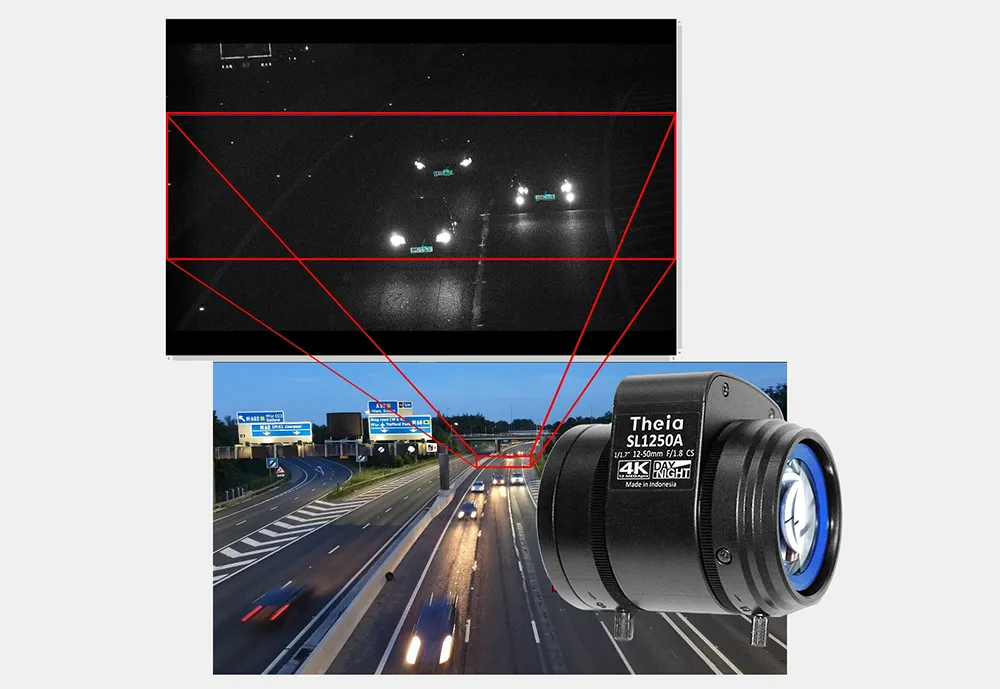The Automated Imaging Association (AIA), the vision and imaging industry’s trade association, has released the new USB3 vision camera interface standard and it is now available for free download on the AIA website. This easy-to-use standard is based on the prevalent USB 3.0 consumer hardware already in use. The AIA says vision component manufacturers have embraced the standard and are expected to widely adopt it; many components are already selling today. Based on the USB 3.0 interface (SuperSpeed USB), USB
February 22, 2013
Read time: 2 mins
The 6856 Automated Imaging Association (AIA), the vision and imaging industry’s trade association, has released the new USB3 vision camera interface standard and it is now available for free download on the AIA website. This easy-to-use standard is based on the prevalent USB 3.0 consumer hardware already in use. The AIA says vision component manufacturers have embraced the standard and are expected to widely adopt it; many components are already selling today.
Based on the USB 3.0 interface (SuperSpeed USB), USB3 vision was developed specifically for the global vision and imaging market and takes advantage of the USB 3.0 ports that will soon be standard on most PCs. It offers bandwidth of 350 MB/s which satisfies a very broad spectrum of vision and imaging application needs. USB3 Vision, like GigE Vision, does not require a frame grabber. The standard covers four basic operations: device discovery; device control; event handling; and streaming data. A device can optionally support device functionality with USB 2.0. Both power and data are transmitted over the same cable with possible cable lengths of five meters over passive cables and 10 meters or more using active cables. The standard defines the mechanics of screw locks on the micro-USB 3.0 connector. The standard will give users plug and play capability using components from different manufacturers.
The USB3 Vision standard is hosted by the AIA; as part of AIA’s commitment to help increase the understanding and use of vision standards, they make the standard specification document available for free download on their website www.visiononline.org in the vision standards section. Licences are required for commercial use of the standard, but those who are integrating USB3 vision products may want to have the standard document as a reference.
Many industry leading manufacturers have already licenced the standard and have or will have vision products for sale. They include:518 Allied Vision Technologies, Alysium Tech, 7094 Basler, Baumer, Icron Technologies, 7178 IDS Imaging Development Systems, 78 JAI, Matrix, Matrox, National Instruments, 7179 Pleora Technologies, 541 Point Grey Research, 822 Stemmer Imaging, 5392 Toshiba Teli, and Ximea.
Based on the USB 3.0 interface (SuperSpeed USB), USB3 vision was developed specifically for the global vision and imaging market and takes advantage of the USB 3.0 ports that will soon be standard on most PCs. It offers bandwidth of 350 MB/s which satisfies a very broad spectrum of vision and imaging application needs. USB3 Vision, like GigE Vision, does not require a frame grabber. The standard covers four basic operations: device discovery; device control; event handling; and streaming data. A device can optionally support device functionality with USB 2.0. Both power and data are transmitted over the same cable with possible cable lengths of five meters over passive cables and 10 meters or more using active cables. The standard defines the mechanics of screw locks on the micro-USB 3.0 connector. The standard will give users plug and play capability using components from different manufacturers.
The USB3 Vision standard is hosted by the AIA; as part of AIA’s commitment to help increase the understanding and use of vision standards, they make the standard specification document available for free download on their website www.visiononline.org in the vision standards section. Licences are required for commercial use of the standard, but those who are integrating USB3 vision products may want to have the standard document as a reference.
Many industry leading manufacturers have already licenced the standard and have or will have vision products for sale. They include:









